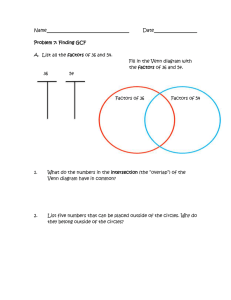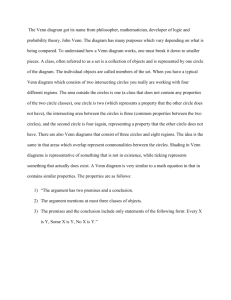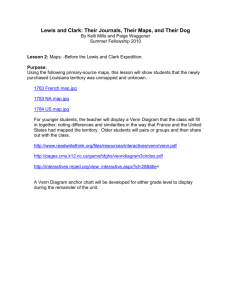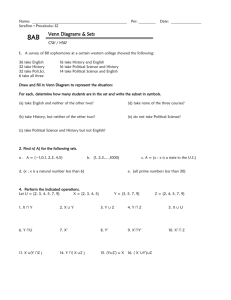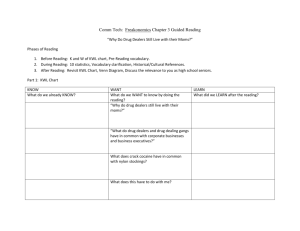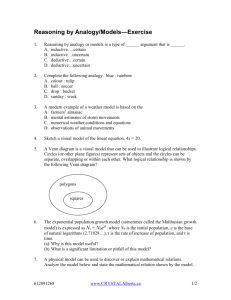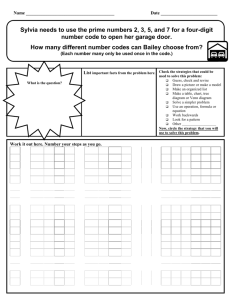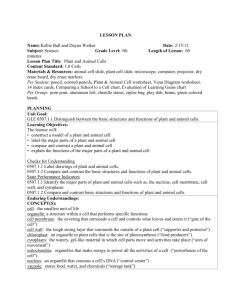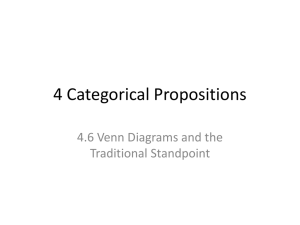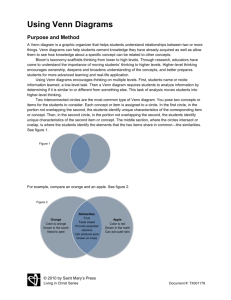Cell Structure & Function Lesson Plan: Plant vs. Animal Cells
advertisement
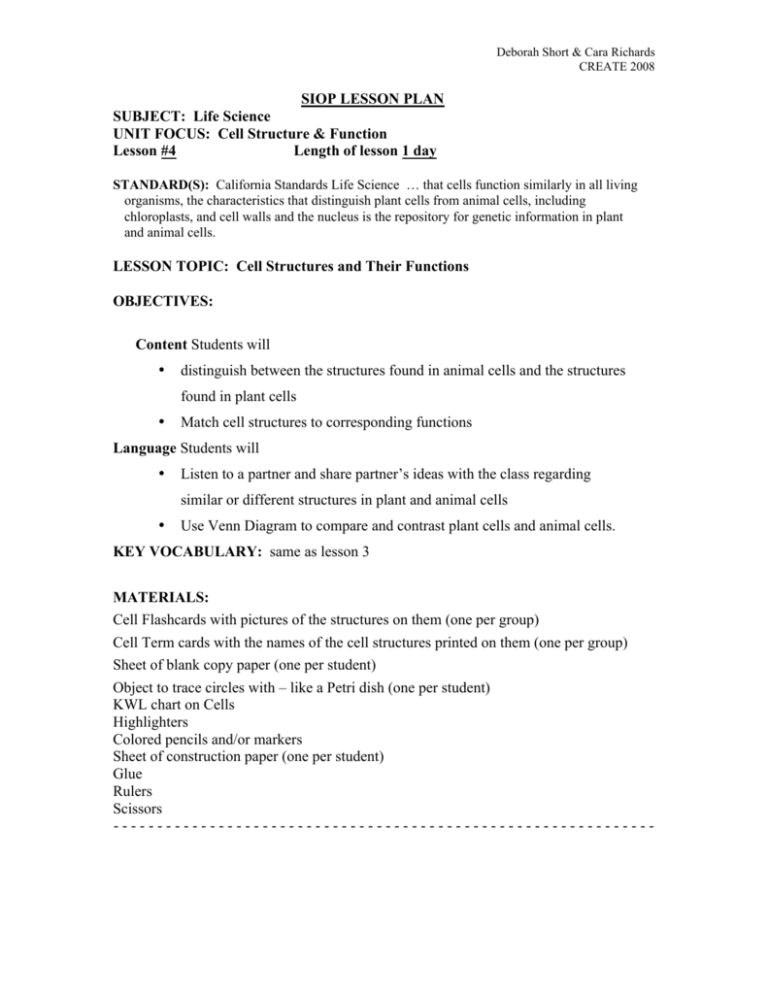
Deborah Short & Cara Richards CREATE 2008 SIOP LESSON PLAN SUBJECT: Life Science UNIT FOCUS: Cell Structure & Function Lesson #4 Length of lesson 1 day STANDARD(S): California Standards Life Science … that cells function similarly in all living organisms, the characteristics that distinguish plant cells from animal cells, including chloroplasts, and cell walls and the nucleus is the repository for genetic information in plant and animal cells. LESSON TOPIC: Cell Structures and Their Functions OBJECTIVES: Content Students will • distinguish between the structures found in animal cells and the structures found in plant cells • Match cell structures to corresponding functions Language Students will • Listen to a partner and share partner’s ideas with the class regarding similar or different structures in plant and animal cells • Use Venn Diagram to compare and contrast plant cells and animal cells. KEY VOCABULARY: same as lesson 3 MATERIALS: Cell Flashcards with pictures of the structures on them (one per group) Cell Term cards with the names of the cell structures printed on them (one per group) Sheet of blank copy paper (one per student) Object to trace circles with – like a Petri dish (one per student) KWL chart on Cells Highlighters Colored pencils and/or markers Sheet of construction paper (one per student) Glue Rulers Scissors -------------------------------------------------------------- Deborah Short & Cara Richards CREATE 2008 MOTIVATION: (10 minutes) • Let’s look at our language objectives for today. Students will (read language objectives above). Now let’s look at our content objectives for today. Students will (read content objectives above)” Explain the objectives. • Access prior knowledge by completing this review activity with students working in groups: o Pass out Cell Flashcards with pictures of the structures on them and Cell Term cards with the names of the cell structures printed on them. o Students must work together to match the correct term with the picture of the cell structure it corresponds with. o Teacher should circulate the room to ensure that all groups correctly matched these items together. PRESENTATION: (25 minutes) • Pass out the blank paper and Petri dishes. • Have students hold the paper in half the short way and draw a Venn Diagram on the top half. • Next, have students cut the top half twice to separate the circles and labeling each portion of the diagram: Plant Cells, Both, Animal Cells. • See the example provided for how to create this foldable. • Have students open their textbook to pages 16 and 17. • In pairs, have students look at the two cells on pages 16 and 17. By just comparing the structures (which are written in red) for each of the cells, have students tell their partner either one structure they see is the same or one that is different. Have the partner write down the response. Then have partners switch roles. • Have students share out several responses, but they share their partners’ response. Using the sentence starter “I got an idea from____ and she/he said…” PRACTICE/APPLICATION: (10 minutes) • Have the students write the labels of the structures on the inside flap of the foldable Venn Diagram under the appropriate heading. • Teacher should circulate the classroom to see that all students have written down the appropriate structures in the appropriate columns. • Remember, the textbook is missing some of the structures that the students need to know so additional structures will need to be added. List these additional structures on the board for the students. • See the example provided for the correct answers. REVIEW/ASSESSMENT: (5 minutes) • Students write on their KWL chart the facts that they learned today under the L column. • Review objectives, “Let’s see if we met our language objectives for today. Students will (read language objectives above). Now let’s see if we met our content objectives for today. Students will (read content objectives above).” Discuss if met or not and why/how.
